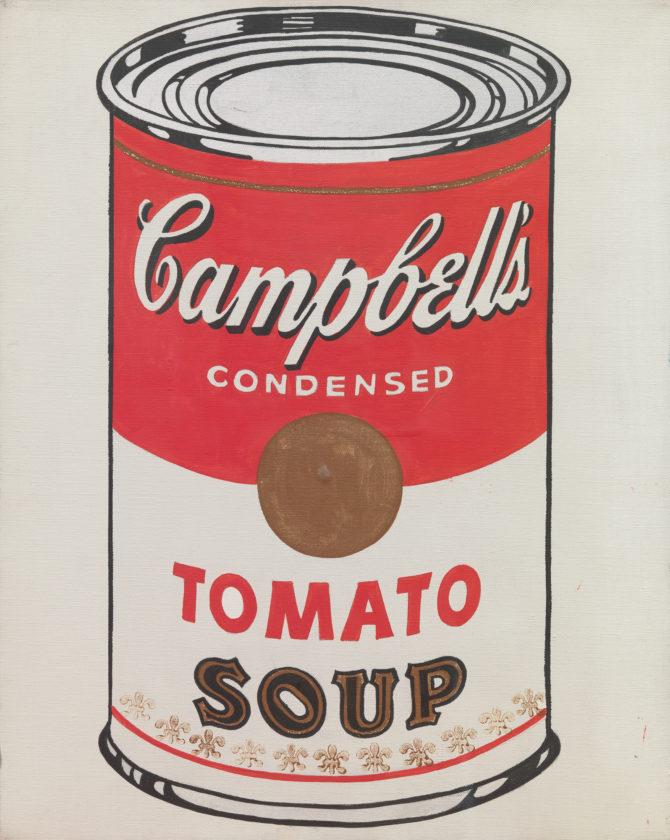It’s revered. It has its origins in Central and South America dating back to the 1500s and originated in the region that is now modern-day Mexico. Indigenous peoples in Central and South America, such as the Aztecs and Incas, were cultivating and consuming various types of wild tomatoes long before the arrival of Europeans. Fast forward a few centuries, here in New Jersey the story of the tomato dates back to the late 18th century when tomatoes were introduced to the region.
Initially, tomatoes were met with suspicion and considered poisonous by some, as they are part of the nightshade family. the fruit was coined the “poisonous apple.” However, over time, people began to realize their nutritional value and culinary potential. Let’s take a look at the history of one of today’s Jersey favorites, the tomato!
Brief History
The history of the New Jersey tomato is closely tied to the agricultural and culinary heritage of the state. The New Jersey tomato, particularly the beefsteak variety, holds a special place in American culture due to its reputation for being flavorful and versatile. In the late 19th and early 20th centuries, New Jersey became known for its robust agricultural industry, including tomato farming. The sandy soils and favorable climate of the state were well-suited for tomato cultivation. Farmers in the southern part of New Jersey, particularly in the counties of Cumberland, Salem, and Gloucester, embraced tomato farming and developed techniques for growing high-quality tomatoes.
The Rutgers Tomato
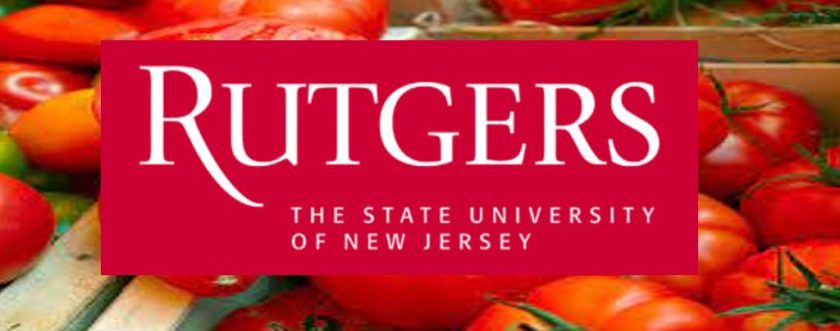
The Rutgers tomato, or the Rutgers 250 is often referred to as the New Jersey tomato, is a key player in Jersey tomato history. It was developed by plant breeder Lyman Schermerhorn at Rutgers University in the 1920s. The goal was to create a tomato variety that was resistant to common diseases and could withstand transportation without spoiling, qualities that were important for commercial tomato production and distribution. The result was the Rutgers tomato, which became widely popular due to its excellent flavor and adaptability. Rutgers University’s involvement in tomato breeding and research played a crucial role in shaping the New Jersey tomato’s reputation. Over time, as the Rutgers tomato gained recognition for its taste and versatility, it contributed to the state’s identity as a source of flavorful and high-quality tomatoes.
A Company Built on the Jersey Tomato
Did you know Campbells Soup helped turned New Jersey into a tomato growing powerhouse? Campbells Soups canned food company’s tomato breeding program was responsible for developing several important varieties. One of the company’s biggest contributions to the agricultural space was its tomato breeding program, launched in 1910 in Cinnaminson, New Jersey, which involved conducting field experiments in an effort to breed different varieties for taste, production and disease resistance.
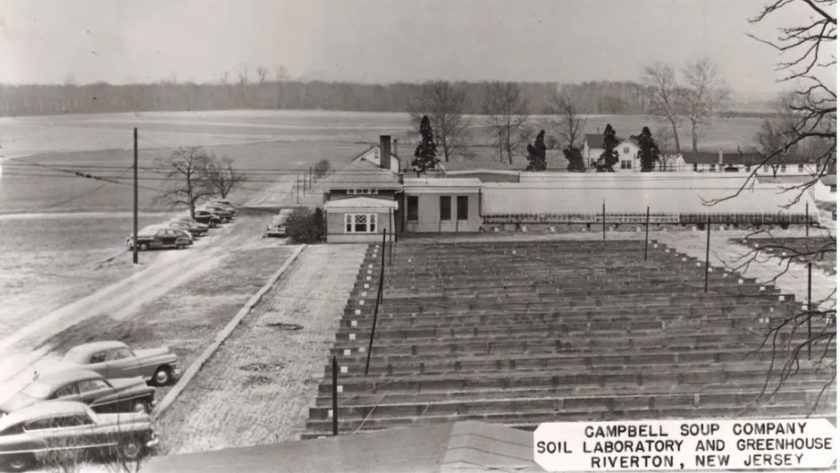
Source: Campbell Soup Company
Headquartered in Camden, New Jersey, Campbell’s sourced most of its tomatoes from local Jersey farms. In fact, in 1937, Campbells built a tomato research facility in Riverton, New Jersey that was responsible for developing notable tomato varieties including the Garden State, JTD, and Rutgers tomatoes. The Rutgers tomato, which traces its lineage back to the man who invented the condensed soup process, John Thompson Dorrance (JTD), when he was an employee of Campbell’s.
And who can forget Andy Warhol’s classic artwork that made the Jersey tomato industry proud.
Jersey Tomato Sandwich
The tomato sandwich likely emerged as tomatoes became more widely cultivated and bread became a common food item. People would have naturally combined these two ingredients as part of their meals. The first recorded mention of a tomato sandwich may not exist, as it might have been a simple and intuitive culinary invention that developed organically as people experimented with different food combinations.
Making the perfect tomato sandwich is a subjective endeavor, as preferences can vary from person to person. However, we can certainly provide you with a classic and delicious tomato sandwich recipe that you can customize according to your tastes. Here’s how to make it:

- 2 slices of your favorite bread (white, sourdough, whole wheat, etc.)
- Fresh mayonnaise
- 1-2 ripe tomatoes, thinly sliced
- Salt and freshly ground black pepper
Some people add lettuce, cheese, onion, bacon, avocado and some even toast it. However you make it, summertime is the best time to build your own #jerseyhistory masterpiece.
Jersey Tomato Farming Evolution
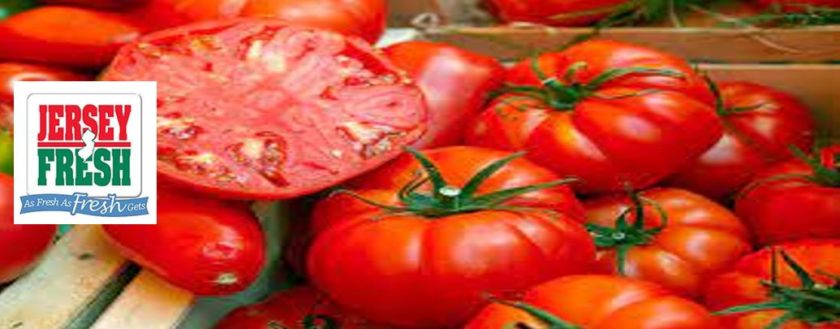
The New Jersey tomato industry continued to thrive through the mid-20th century. However, in later decades, changes in agricultural practices, market demands, and challenges from other tomato-producing regions led to some shifts in the industry. Nevertheless, the legacy of the New Jersey tomato continues to be celebrated through local farmers’ markets, festivals, and culinary traditions. Many farms in New Jersey offer pick-your-own (PYO) opportunities for visitors, allowing them to harvest their own fresh tomatoes directly from the fields. Tomato picking has become a popular agri-tourism activity.
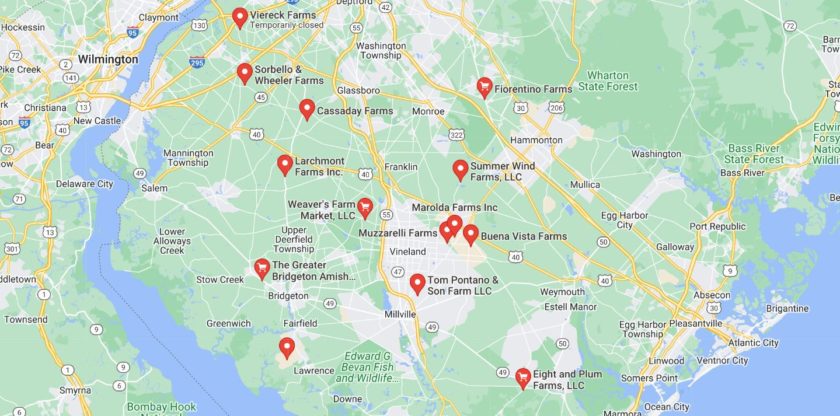
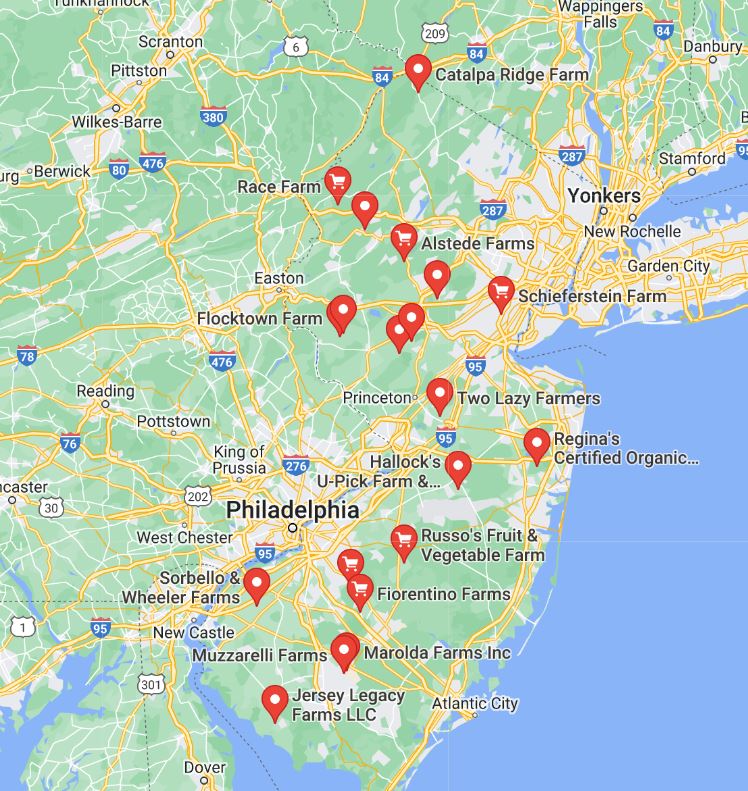
The New Jersey tomato’s history reflects the intersection of agricultural innovation, cultural preferences, and regional identity. While the agricultural landscape has evolved, the impact of the New Jersey tomato on American cuisine and its recognition for its taste and quality remain enduring aspects of its legacy.
New Jersey Tomato Facts
- New Jersey grows four main types of tomatoes: grape, Roma, beefsteak, and heirloom
- New Jersey produced 79.1 million pounds of tomatoes on 2,900 acres last year, which amounted to about $46 million in total tomato sales
- Fresh market tomatoes are grown in almost all counties in New Jersey
- The majority of wholesale production and acreage is located in southern New Jersey in the counties of Gloucester, Cumberland, Salem, and Atlantic
- The prime growing area for Jersey tomatoes is a region now known as the Inner Coastal Plain, which covers more than 1,000 square miles in southern New Jersey
- New Jersey ranks 9th in tomato production in the United States
- California and Florida together comprise over two-thirds of total U.S. fresh-tomato acreage
